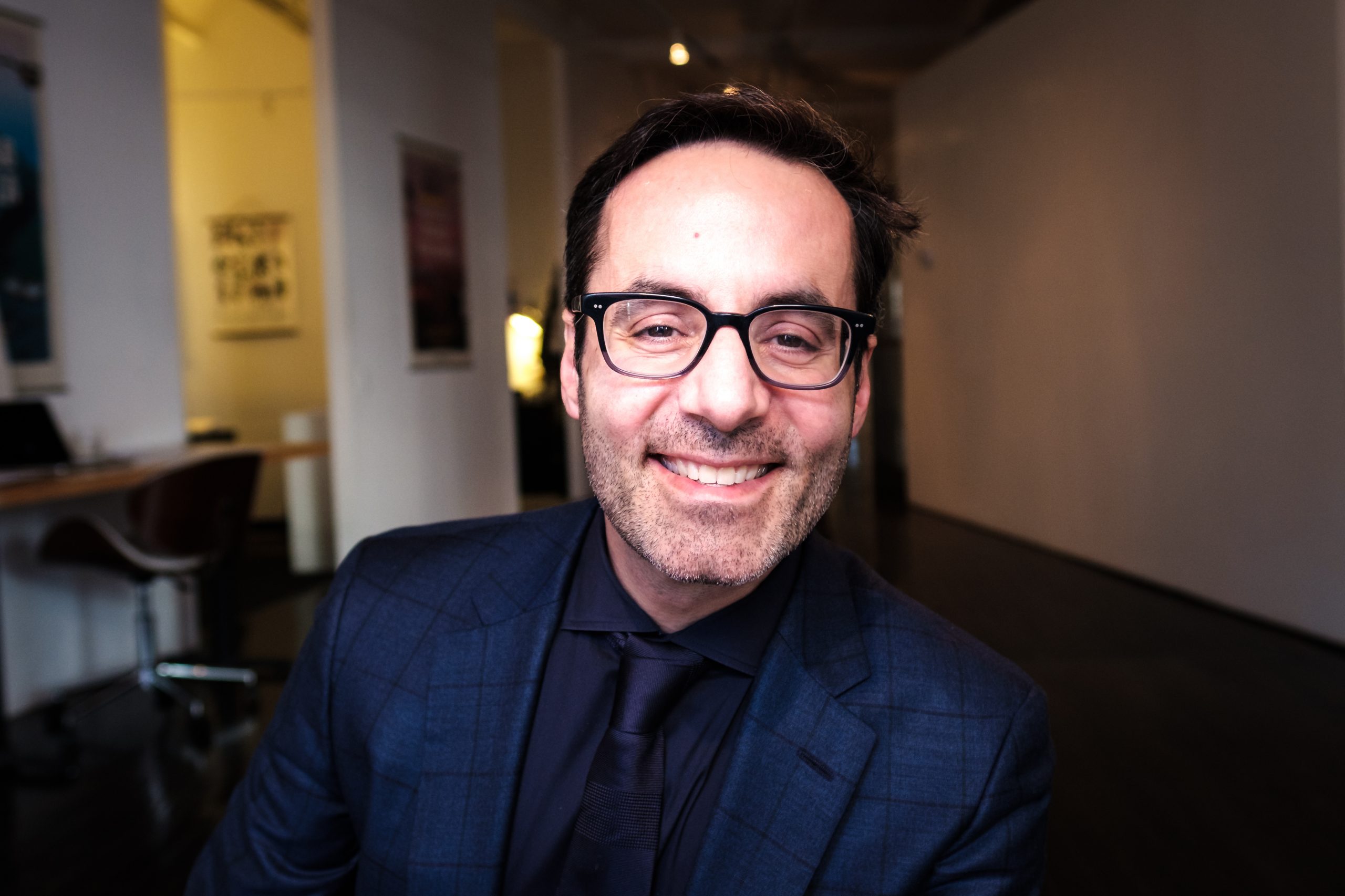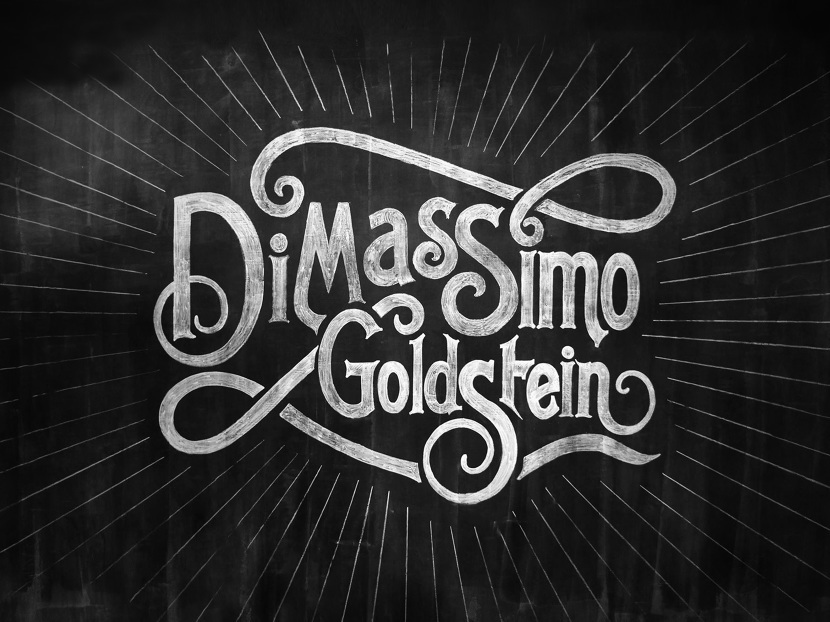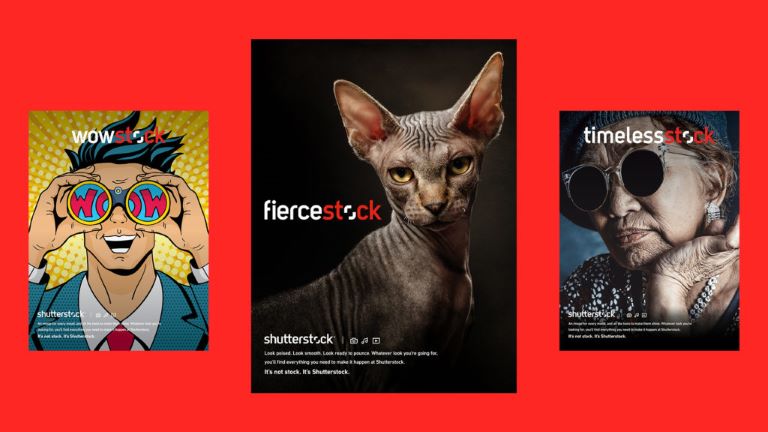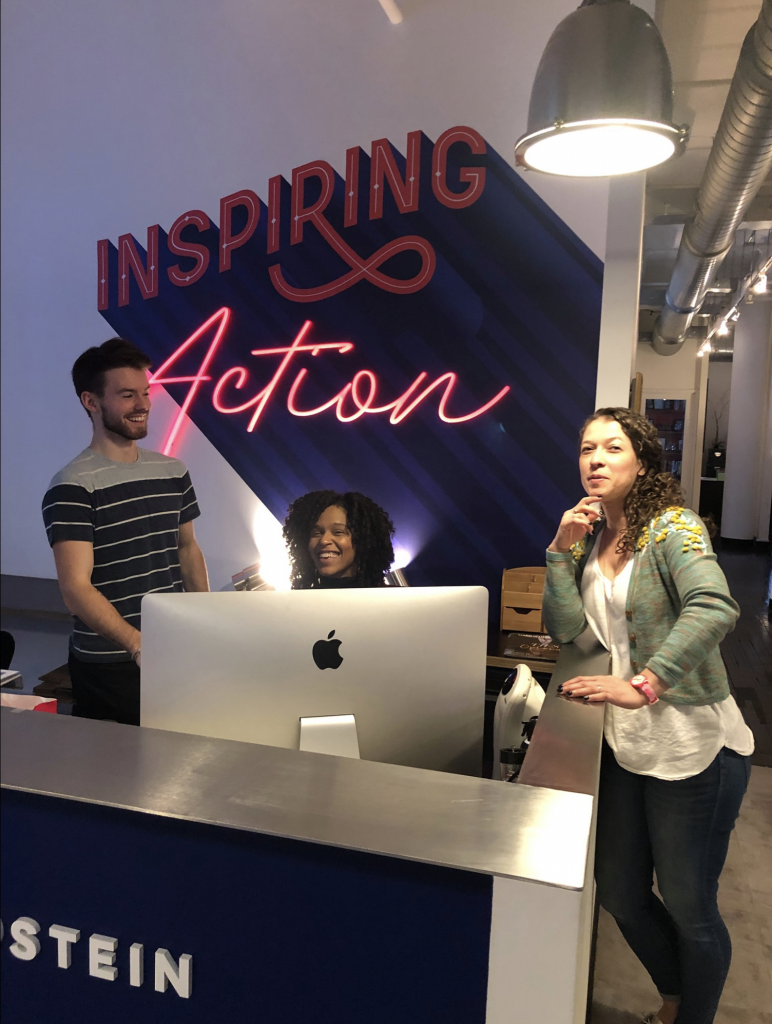Written by Stephen Boehler with special guest Mark DiMassimo
My friend Mark DiMassimo is a bit of a unicorn: nice, thoughtful, creative, strategic, caring… the adjectives go on and on. Mark is the founder of independent creative agency DiMassimo Goldstein, and has an incredible track record of success over the past twenty years. He’s a “Future 50 CEO” (SmartCEO magazine) and frequent contributor to CNBC, CNN, Bloomberg, FoxNews, Fox5NY, and other media. Mark graciously shared some of his ideas with us!

How can clients work more effectively with their agencies?
Mark: There are great clients who know everything about how to work with agencies and there are great clients who know nothing about how to work with agencies. What they both have in common are four guiding behaviors:
- They ask. “How do your most successful clients work with you?” and they really listen to and act on the answer.
- They tell. “This is what success will look like in three, six, nine, twelve, eighteen months. This is how I hope we’ll work together. This is what could go wrong. This is how we can increase the odds that it won’t. This is what’s at stake. This is what we can achieve together. This is why it matters.”
- They share. They set up their agency-client team for success by being generous with their information, data, internal contacts, and access to decision-makers, enabling them to fully appreciate the big picture from a board member’s or CEO’s point of view.
- They engage. Courageously. They expect committed and resilient partners who don’t fade at the sound of an uncomfortable or critical truth. They expect passion and conviction, not just cooperation or even competence. They can unabashedly expect to be inspired rather than just accommodated. They are ready to collaborate, share problems but also solutions, and still respect facts, expertise, quality, and the time and talent that goes into creating superior work.
What are CMOs and senior marketers looking for in an agency these days?
Mark: CMOs want a partner who is truly aligned. The typical CMO needs to meet targets for creating opportunities, acquisition, cost-per-account, recruitment, LTV, etc., while also defining and enriching the idea that organizes and changes everything for the brand.
Clients don’t live in an either/or world. It’s not brand or sales. It’s both.
They also don’t live in a sequential world, where sales can take a holiday while a brand is built. They don’t have time to educate agencies on their category. They need partners who are aligned, agile, educated, experienced, and ready to contribute today.
They also hate the downside of scale. They hate bureaucracy. They hate a thousand reasons to say “No.” They hate engaging people just for the purpose of engaging them.
They can neither afford nor tolerate slow.
How have markets changed and what does that mean for agencies?
Mark: Think of tech progress as a thumb and index finger holding one end of a rubber band and the culture of organizations as another set of fingers holding the other end. Tech progress had stretched far ahead of work culture, and the rubber band was primed to snap.
The pandemic snapped the culture, radically accelerating technology’s adoption.
We had clients who were ahead. From their early days, Salesforce and Netflix built cultures that were adapted to remote work and platforms much like Zoom. They had rules and values that were clearly articulated and supported successful remote meetings. We learned a lot from working with them that made us ready to pounce when the world went remote.
In addition to platforms for remote work and organization, the adoption of services and apps has seen a steep climb. The silver lining of accelerated innovation is bright!
DiGo is a behavior-change marketing agency building behavior-change brands: services and products that help people improve their well-being. The pandemic has represented a watershed event in behavior change. What made people happy before the pandemic was interrupted. Personal behavior, like corporate behavior, is mostly unconscious until it’s interrupted. As painful as they are, and as much as we would wish them away, interruptions make habits conscious and susceptible to change. That’s where our clients come in. Think about all the changes in health, wealth, education, entertainment, entrepreneurship, careers, relationships, work… so many opportunities to help people through services that help them affect their own behavior and emotions.
What client successes are you most proud of, and why?
Mark: My God, so many! It’s the clients’ successes that give me the most satisfaction, and I consider my partners and team members my clients, too.
I’m a creative person to my core, but at my agency, I’m a creative person in the service of others. Their success, their growth, and their fulfillment are my creative output and objective.
For the agency, I’m proud of the many “firsts” we’ve helped bring to the world – it’s a long list of working with pioneers and innovators in many categories. This past year, we’ve won a dozen great clients and they are all special for different reasons.
Certainly, our work for Partnership to End Addiction has been a highlight these past few months.

I’m proud that we proactively took on the anti-mask/anti-vax sentiment in conservative America and secured funding for our own patriotic and poignant PSA, produced with filmmaker and director Henry Corra, “Let’s finish this together.”
I’m so proud of our work bringing new life to WW (Weight Watchers Reimagined) and pinch myself that we get to work with leaders like Mindy, Gail, Cindy, Oprah, James Corden, and others!

Echelon Fitness, PenFed… so many others, I feel lucky.
Grey, Geometry, and many other holding company agencies have passed recently. What, if anything, does this mean for an independent agency?
Mark: The end of industry icons such as J. Walter Thompson, Y&R, and Grey represents the capitulation at the end of a long revolution; the old order is dead. How does this reality impact independent agencies? It influences them in three ways.
- Old Holding Companies: WPP Digital CEO Mark Reed and the holding companies are desperate to become more like agile digital-age independents. How well do you think that will go, and how long do you think that will take to work, if ever?
- New Holding Companies: S4 Capital founder Sir Martin is acquiring digital-age, independent agencies and trying to bring them to scale with the spirit intact. It may appeal to clients who need global scale, but how many clients do you think really benefit from that kind of scale?
- The Un-Held: While they are twisting themselves into pretzels to simulate the agile, entrepreneurial spirit, or acquiring and trying to scale it, we are it. We’re the thing most clients want: independent, agile, creative, and integrated. The world is our oyster!
What role does strategy play these days in pitching new business?
Mark: Strategy plays a primary role in winning new business. Chemistry, prior successes, great work, and enthusiastic references are table stakes. This isn’t a date. This is the beginning of a conversation about how to get from where we are to where we could be.
Call it whatever you want, but that’s a strategy conversation. Get any of that wrong, and you’re sailing from the wrong port and heading in the wrong direction. You won’t get there. Getting all that uncommonly right is how great successes happen.
“Strategy” is a terrible word for getting prospective clients excited about strategy. It’s the core of what they do, regardless of what they call it. It’s the fundamental conversation. Where are we? How do we know? What can we learn? Where are we going? How do we ultimately get there?
What role does/should a great creative leader play in strategy?
Mark: An unstrategic creative leader is like an autonomous car detached from GPS – very dangerous if anything changes.
The brand is strategic. A company may have another strategic advantage – a patent, a supply chain, or economies of scale – but these things are fleeting in this competitive world and tend toward commoditization. The company that is not investing in a brand is ephemeral.
“Strategy” is a word that alludes to different things in different contexts. Strategy is the why and the what, whereas tactics are the how. In a business conversation, the brand is strategic, and creative is a tactic. In an advertising conversation, the creative strategy is central to the strategy conversation.
A creative leader must understand business, brands, integrated communications, and behavior-change marketing principles.

If you were a CMO today, what would you focus on?
Mark: I’d focus first on understanding exactly how my CEO and leadership team succeeds and what board and investors are seeking from the CEO – and then dedicate myself to helping my CEO exceed those expectations.
Getting clear about what KPIs must be supported and sustained in the near term, and what behaviors keep those measures humming.
Fostering the three Ms of Behavior-Change Marketing: Motivation and Momentum in the Moments that Matter.
- Motivation: Getting absolutely clear about the brand strategy and an inspiring brand idea that will organize and change everything.
- Momentum: Getting the organization clear about the importance of customer experience and delivering the brand feeling throughout.
- Moments: Understanding the customer journey, identifying and prioritizing chokepoints in the customer lifecycle, and designing interventions and tests.
What are your thoughts on leadership?
Mark: My first thought on leadership is that it’s all leadership.
My entire 30-year career has been a campaign against the idea that there are some things you do that build your reputation and other things you do that have nothing to do with who you are.
It’s all of one piece. It’s all leadership. It’s all your brand.
Leadership also has stages.
Today, I’m focused on helping the next generation of leaders – I don’t need it for myself so much anymore. I want to see others more clearly and the space between them, and then help the people, as well as the organizations, grow.
I’m invested in building out behavior-change marketing and in helping clients who are selling behavior change to understand that they are, in fact, behavior-change marketers – to bring that community together and nourish it.
Behavior-change marketers are on the side of the customer, the user, the human being. They are helping that person gain a sense of mastery and well-being in order to flourish. I want to bolster the reputation, ethics, and identity of behavior-change marketers. I’m proud of every one of them.

Knowing what you know now, what advice would you give to 30-year-old Mark DiMassimo?
Mark:
- Borrow as much money as you can and use it all to buy Apple stock.
- Give the parachute pants to the Goodwill while you still can – there’s no way you are ever going to want to wear those again.
- Yes, you can skip out on work one night to go to a Nirvana concert – best not to put it off.
- Your first day at Kirshenbaum & Bond is just around the corner (yeah, might be time to get some packing boxes into your office at JWT). Anyway, maybe don’t wear that brown suit on your first day.
- Keep going and don’t be afraid to make the hard decisions that I now know you are going to make anyway. The next 30 years are going to be an incredible ride.
If I told you how much better your second 30 will be than your first 30, you might not believe me. But then again, knowing you, you probably would.
Mark DiMassimo is the creative chief of DiMassimo Goldstein (DiGo), the industry-leading agency in behavior-change marketing, which he founded in 1996 in New York City. A highly sought-after and award-winning expert on behavior-change marketing, he is a pundit on issues in advertising and branding, and their relationship to popular culture, frequently contributing to CNBC, CNN, Bloomberg, FoxNews, Fox5NY, and other media.
A true industry innovator, Mark’s creative work has helped build dozens of major brands which are also pioneers in their respective categories. Named a “Future 50 CEO” by SmartCEO magazine four years in a row, Mark, through his innovative work, has won numerous Effie Awards from the American Marketing Association.
Mark’s passion for behavior change spans beyond his client work. Currently, he serves as Creative Advisor for brand, advertising, and behavior-change marketing, and chairs the creative-development board of the non-profit Partnership to End Addiction, which uses behavior-change marketing to help families overcome addiction and substance misuse. Before that, he served on the Board of Trustees of Rare, a global nonprofit conservation organization that leads behavior change marketing innovation for helping humans and nature thrive. Outside of the office, Mark is a professor of advertising at the renowned School of Visual Arts New York City (SVA NYC), has taught Integrated Marketing at NYU, and has guest-lectured at Columbia University, among others.
Steve Boehler, founder, and partner at Mercer Island Group has led consulting teams on behalf of clients as diverse as Zillow Group, Microsoft, UScellular, Nintendo, Ulta Beauty, Stop & Shop, Qualcomm, Brooks Running, and numerous others. He founded MIG after serving as a division president in a Fortune 100 when he was only 32. Earlier in his career, Steve Boehler cut his teeth with a decade in Brand Management at Procter & Gamble, leading brands like Tide, Pringles, and Jif.